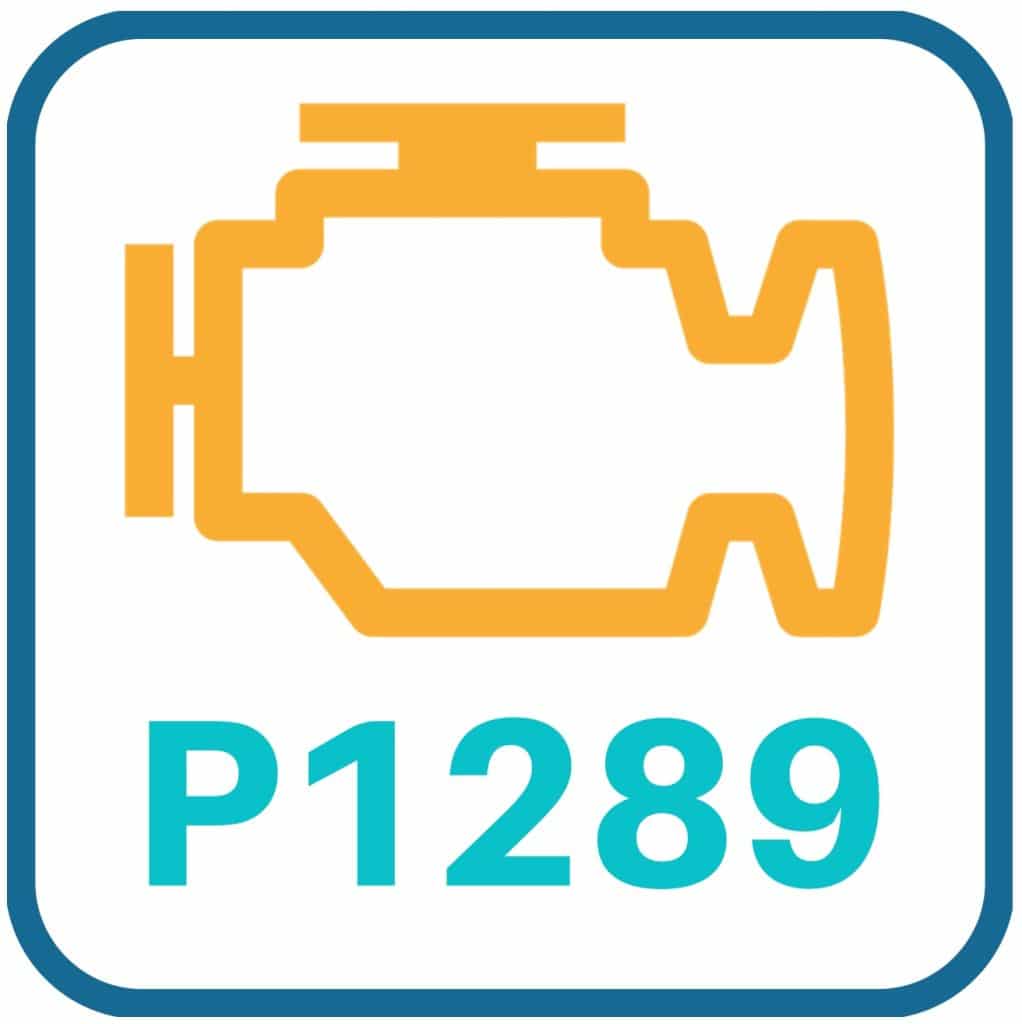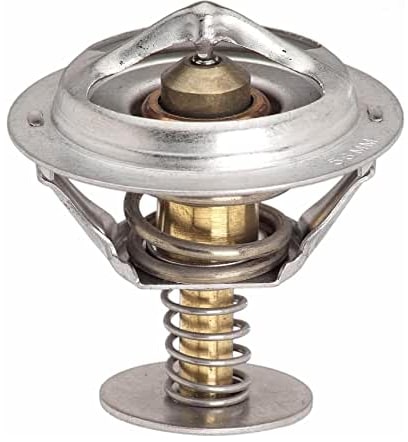P1289 is a manufacturer-specific diagnostic trouble code. In the case of Ford-built vehicles (such as the Mercury Mountaineer), it indicates that the cylinder head temperature sensor returned a value to the powertrain control module (PCM) that was greater than the signal should be during a self-test cycle.
The most likely cause of P1289 is a bad cylinder head temperature sensor (CHT), but there can be other causes as well.
P1289 Mercury Mountaineer Definition: CHT Sensor – Signal Greater Than Self Test Range
Here’s the Ford-specific definition of P1289, which would apply to your Mercury Mountaineer.

Cylinder Head Temp Sensor
Your Mountaineer’s cylinder head temperature sensor (CHT) measures the heat in the cylinder head and increases resistance as the temperature decreases and decreases resistance as the temperature increases.
It gets the reading directly from the metal in the head, not the engine coolant, allowing the PCM to respond to a catastrophic cooling failure within enough time to (hopefully) save the engine from major damage. If it gets a reading that is too high, it’ll likely go into “cylinder head overtemperature protection” (which throws P1299).
Signal Greater Than Self Test Range
When you turn the ignition on, your vehicle’s PCM runs a series of self-test cycles. In the case of p1289, the PCM has tested the cylinder head temp sensor, and the value returned is above its theoretical range.
P1289 Symptoms: Mercury Mountaineer
Depending on what is causing p1289, there may or may not be any noticeable symptoms. Since replacing a head gasket or cracked head is expensive, treat p1289 like the vehicle is overheating until you can confirm that it is not.
Here are the most common symptoms associated with p1289:
- Overheating
- Engine running rough
- Failsafe mode (cylinder head overtemperature protection)
- Check engine light
Mercury Mountaineer P1289 Causes + Diagnosis

The first thing that you need to do with P1289 is establish whether or not that CHT sensor is the problem, or if there is a cooling system problem.
If you got P1289 immediately after starting your Mountaineer, and the engine was cold, it’s likely that the cause is sensor-related.
Cylinder Head Temperature Sensor
Establish whether or not the cylinder head temp sensor is reporting the proper temperature. With the engine cold, use a scanner to compare the value of the cylinder head temperature sensor with your Mountaineer’s intake air temp sensor. If they disagree, you’ll need to replace the sensor or repair the wiring.
Start by checking to make sure that there are no obvious wiring issues at the sensor. Look for cracked, frayed, or otherwise damaged wiring. If there is, repair/replace it and verify that the code has been cleared.
It is almost always very easy to get to and replace. Hopefully, that’ll clear P1289.
If the temp values agree when the engine is ice-cold, then it is time to take a look at why your engine was overheating.
Low Coolant
Low coolant is the most common reason that your Mountaineer will overheat and throw P1289. If there’s coolant missing, it’s either leaking externally or internally. It doesn’t just randomly disappear.
Here are some of the common places coolant can leak from:
- A damaged radiator
- Cracked/bad radiator hose
- Bad radiator cap
- Thermostat housing damage
- Water pump gasket
There are a lot of places to look for a radiator leak. Make sure that you don’t take the radiator cap off when the engine is warm.
A slow leak can be more difficult to find than a quick leak since the coolant can evaporate before it has a chance to show itself.
If you are losing fluid, but can’t readily see the leak, UV dye is a great tool to locate it. It really works well. If you aren’t finding anything with the dye, take a look at the rear exhaust. Do you have a lot of white smoke? It could indicate that you have a blown head gasket.
Bad Radiator Fan
While going down the road the movement of air through your vehicle’s radiator will usually be enough to keep it cool, without the help of the fan. When you are hardly moving, you will notice the radiator fan not working.
If you have a temperature gauge, you’ll notice that the temp will usually cool down when you get onto the highway and get moving into clean air. When the cooling system itself is bad, usually the opposite will happen.
Bad Thermostat

One of the most common reasons that your Mercury Mountaineer will overheat is a bad thermostat. If the radiator overflow is full (and your radiator fan is kicking on), it is very likely that a bad thermostat or bad water pump is causing it to overheat.
Of these two, the thermostat fails more often than the water pump. It’s also much more affordable and easier to get to in almost all cases.
Bad Water Pump
Your Mountaineer’s water pump is driven by the serpentine belt attached to the engine. Has your belt been squeaking when you startup, or when you are on the road? That can be an indication that it is bad.
When your water pump does go bad, it will often leak water. Or it’ll make a grating noise. This is due to the bearings inside of it going bad. Here’s a great video on how to tell if your water pump is bad.
A good trick to tell if the water pump may be bad is to put it into neutral and rev the engine up a few thousand RPM for a few seconds. If the temperature went down, that can indicate a bad water pump. Why? A dying pump may get spinning enough to move the coolant with the increase in RPM.
Conclusion
P1289 in the Mercury Mountaineer is usually caused by a bad CHT sensor or the wiring harness going to it from the PCM. It is possible to get the code if you REALLY overheat, but it’s not very common.

